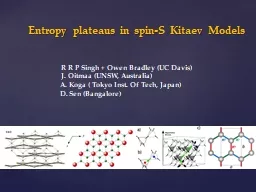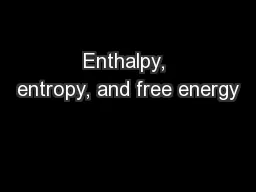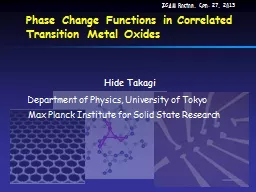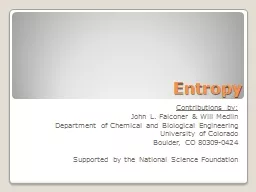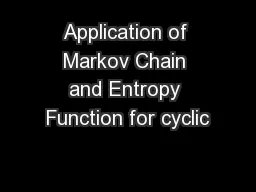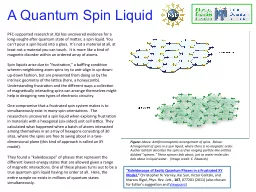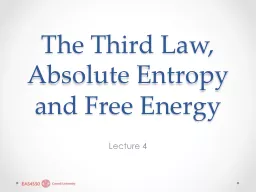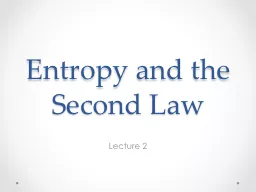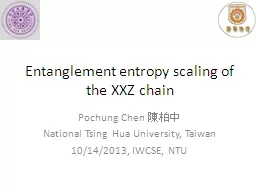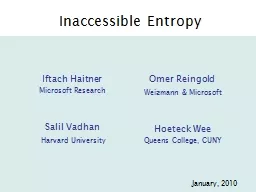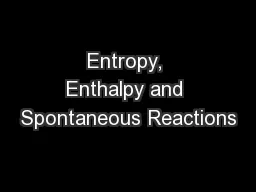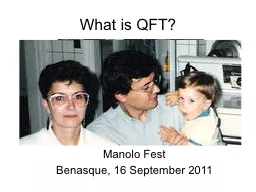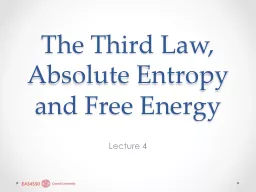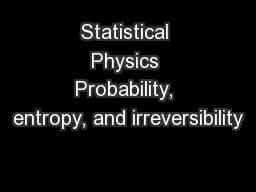PPT-Entropy plateaus in spin-S
Author : coursion | Published Date : 2020-10-22
Kitaev Models R R P Singh Owen Bradley UC Davis J Oitmaa UNSW Australia A Koga Tokyo Inst Of Tech Japan D Sen Bangalore
Presentation Embed Code
Download Presentation
Download Presentation The PPT/PDF document "Entropy plateaus in spin-S" is the property of its rightful owner. Permission is granted to download and print the materials on this website for personal, non-commercial use only, and to display it on your personal computer provided you do not modify the materials and that you retain all copyright notices contained in the materials. By downloading content from our website, you accept the terms of this agreement.
Entropy plateaus in spin-S: Transcript
Download Rules Of Document
"Entropy plateaus in spin-S"The content belongs to its owner. You may download and print it for personal use, without modification, and keep all copyright notices. By downloading, you agree to these terms.
Related Documents

